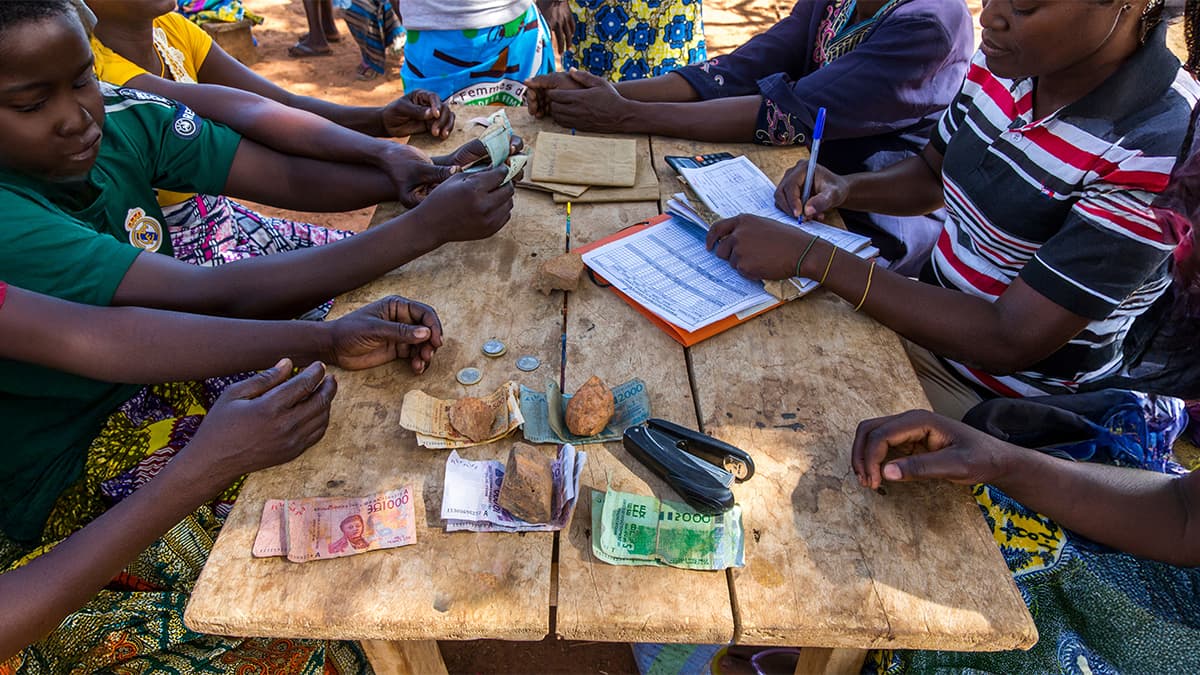.jpg)
As our planet warms and extreme weather events become more frequent, we face an unprecedented challenge: protecting vulnerable populations from the devastating impacts of climate change. The solution may lie in an unexpected place - strengthening social protection systems worldwide. A recent report by the International Labour Organization (ILO) shines light on this crucial link between social safety nets and climate resilience.
Imagine a small coastal village in Bangladesh, where rising sea levels threaten homes and livelihoods. Now picture a universal basic income programme that allows families to invest in flood-resistant housing or relocate to safer areas. This is just one example of how social protection can serve as a buffer against climate shocks.
The Numbers Tell a Story
For the first time in history, over half the global population (52.4%) has some form of social protection coverage, says the ILO report. While this marks progress from 42.8% in 2015, it also means nearly 3.8 billion people remain entirely unprotected from life's challenges and the growing threats posed by climate change.
Even more alarming is the disparity in coverage. In the 20 countries most vulnerable to climate change, a staggering 91.3% of people (364 million) lack any form of social protection. It's as if we are sending people to face a super cyclone armed with only an umbrella.
.jpg)
A Just Transition: More Than a Buzzword
The concept of a "just transition" to a low-carbon economy is gaining traction, but what does it really mean? Picture a coal miner in an Indian hinterland state or a logger in the Amazon rainforest. Their livelihoods are threatened by necessary environmental policies. Here's where robust social protection steps in by offering benefits like:
- Income security during career transitions
- Access to retraining programs
- Healthcare coverage to manage stress and uncertainty
- Support for entire communities facing economic shifts
By providing this safety net, we can ensure that the path to a greener future doesn't leave anyone behind.
Adaptation: Building Resilience from the Ground Up
Social protection isn't just about reacting to disasters; it's about building long-term resilience. Consider the drought-prone regions in sub-Saharan Africa. A well-designed social protection program might include:
- Crop insurance for small-scale farmers
- Cash transfers during lean seasons
- Investment in water conservation techniques
- Community-based early warning systems
These measures not only help people survive; but also empower communities to thrive in the face of changing climate patterns.
.jpg)
The Investment Gap: A Call to Action
The ILO report highlights a sobering reality: low-income countries need an additional $308.5 billion per year (52.3% of their GDP) to guarantee basic social protection. This figure may seem daunting, but consider the alternative. The cost of inaction - in terms of lost productivity, social unrest, and human suffering - is incalculable. It’s unfeasible for the low income countries to invest so heavily on ensuring a basic social protection floor. This is where multilateral institutions like the World Bank have a critical role in filling a gaping void.
We must view this as an investment, not an expense. Just as a farmer plants seeds for future harvests, strengthening social protection now will yield dividends in climate resilience for generations to come.
A Global Effort for a Global Crisis
Climate change doesn't respect borders, and neither should our response. The report emphasizes the need for international solidarity, especially in supporting countries with limited fiscal capacity. This isn't charity; it's a recognition of our shared fate on this planet.
The solution could rest on a global fund, similar to the Green Climate Fund, but specifically targeted at bolstering social protection in climate-vulnerable nations. Such an initiative could be a game-changer in our collective fight against climate change.
Beyond Band-Aids: A Holistic Approach
To truly harness the power of social protection in combating climate risks, we need to think bigger. This means:
- Integrating climate considerations into all social protection policies
- Enhancing coordination between social protection, healthcare, and disaster response systems
- Leveraging technology for more efficient and responsive programmes
- Promoting green jobs and sustainable livelihoods through social protection mechanisms
The Path Forward: A Call to Action
As we stand at the crossroads, the message is clear: deepening social protection is not just a moral imperative or an afterthought; it's a practical necessity in our fight against climate change. It's about creating a world where every person, regardless of their circumstances, has the tools and support to weather the storms ahead - both literal and figurative.
The challenge is immense, but so is the opportunity. By investing in robust, universal social protection systems, we can build a more resilient, equitable, and sustainable world. It's time for governments, international organizations, and civil society to join forces and turn this vision into reality.
In the face of climate change, let's not just aim for survival. Let's create a world where everyone has the chance to thrive, come rain or shine. The clock is ticking, but with bold action on social protection, we can face the future with hope and determination.


























































We will verify and publish your comment soon.